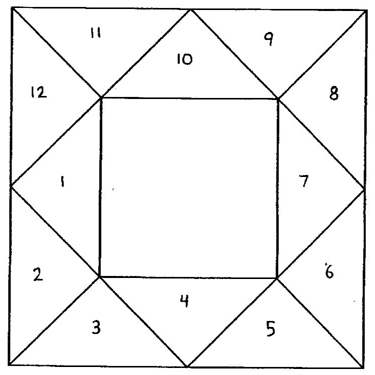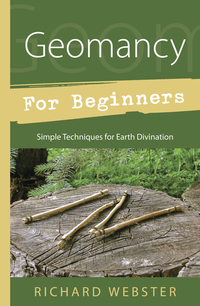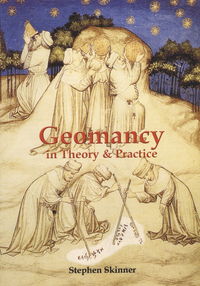Napoleon’s Divination Method
When I was very young I was fascinated by my grandfather’s books. Some were incredibly old and smelled funny. Years later I learned that the acrid smell was a type of mold often found on old books. Many used book stores reek of it.
Initially, I wasn’t allowed to touch “Grampa Bill’s” books. After I learned to read when I was four, I was permitted to look through them only if supervised. When it was seen that I took care of the books, I could look at them on my own.
Most of the books were fairly standard. There was a collection of Shakespeare that was very old and rare. They are now in my library and, regrettably, they’re in very fragile condition. One book that intrigued me, and that I don’t know what happened to after his death, was a delicate book entitled Napoleon’s Book of Fate.
This strange little book was supposedly discovered among Napoleon’s belongings after a battle he lost. It featured dozens, perhaps hundreds of questions and answers. But at six years old I couldn’t figure it out. I couldn’t even really understand it. It seemed that the way you used it was to simply make a bunch of marks on a paper, count up the number of marks, and determine an answer to one of the questions based on the marks you randomly made on the paper. To a little kid my age that seemed, well, weird.
Years later, as part of a membership in an occult order, I was required to learn a divination system that was linked to each of the five magickal or alchemical elements: air, earth, fire, water, and aether or spirit. For the Earth element I learned a divination system called geomancy.
Today, there are two things generally known as geomancy. The first is the exploration of energy paths known as Ley Lines that go through the Earth. They’re sort of like terrestrial acupuncture meridians. However it’s the second thing, a type of divination, I want to briefly discuss.
For this divination, I assembled a box filled with rocks that were about the same size. I would pull out a handful of stones and count them. If the number were odd, I put down one dot. If it were even, I would put down two dots. I repeated this making dots in a vertical pattern until I had a figure like one of these:
 Each one of the geomantic figures was then placed in a chart similar to the one below:
Each one of the geomantic figures was then placed in a chart similar to the one below:
Each one of those areas was associated to an astrological house. By looking at a book with information, you could get the interpretation of the figures within the houses, eventually coming up with a final outcome.
I later learned that originally, this had been done not by grabbing a handful of stones, but by using a pointed stick and just making a line of marks in the dirt. You would then count up the marks and if the total in a line was odd, you made a mark with one dot, if even, two.
You could also do this with a pencil or pen and paper, just like Napoleon’s Book of Fate.
Not many people use this system, but it is really great and can be quite accurate. A good introduction to this system can be found in Richard Webster’s Geomancy for Beginners. If you just want to learn the system this is a great resource.
If you’re looking to learn geomancy as part of a mystical tradition, you’ll also find brief directions in Regardie’s The Golden Dawn.
If you would like to get an idea of how it worked in medieval times, John Michael Greer wrote an excellent, three-part article that can be accessed on the internet through this LINK.
However, if you’re anything like me and want to know all there is to know about something, I highly recommend Stephen Skinner’s incredible Geomancy in Theory & Practice. 
This is the most comprehensive book on geomancy ever published. It traces the history of this system and how it evolved and is used today.
I think even Napoleon would have liked it.










Fascinating, really; TY much for the tip.. will have to look into that book. : ) Do post if you ever find that book of your Grandfathers. 🙂
Funny he should have that given the course your own life appears to have taken, no?